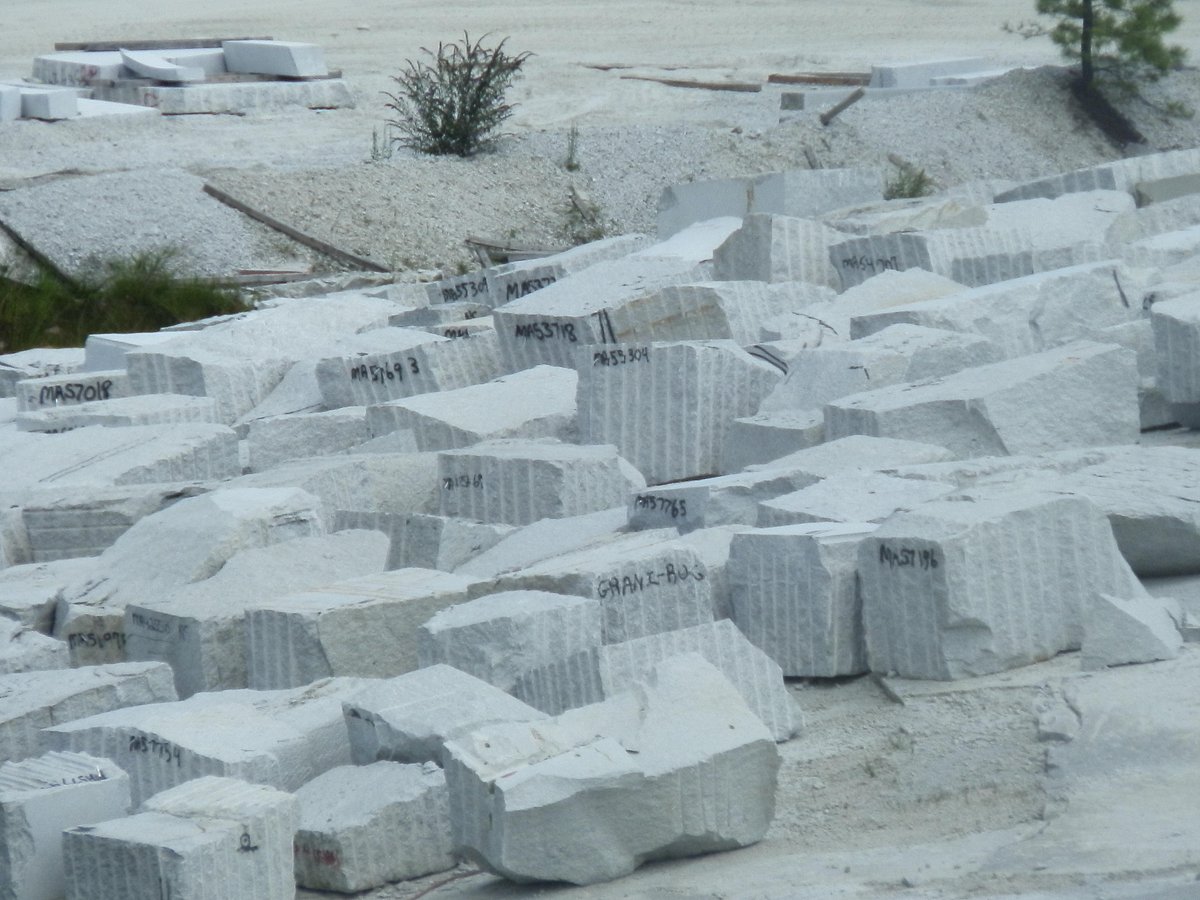Checking Out Granite Quarries in South Africa Industry: From Quarry to Masterpiece
Checking Out Granite Quarries in South Africa Industry: From Quarry to Masterpiece
Blog Article
Unveiling the Mysteries of Granite Quarrying: Where Toughness and Sophistication Meet
The world of granite quarrying is a world where the raw stamina of nature merges with human virtuosity to produce structures that stand the test of time with an air of sophistication. From the depths of quarries to the meticulous polishing in workshops, the procedure of changing granite into architectural marvels is a complex dancing of practice and technology. As we peer into the midsts of this ancient craft, we begin to uncover the covert ins and outs that form the really significance of our built environment.
The Origins of Granite Quarrying
In the annals of architectural history, the origins of granite quarrying are shrouded in a tapestry of ancient craftsmanship and geological wonders. Dating back to old Egypt and Mesopotamia, the extraction of granite from quarries noted the beginning of a journey that would ultimately cause the production of several of the world's most renowned structures.
Granite quarrying's origins can be mapped to the proficient craftsmens who acknowledged the rock's sturdiness and visual allure. With a mix of primitive tools and sheer determination, these very early quarry workers discovered granite blocks that would certainly become the foundation of worlds.
As civilizations progressed, so did the strategies of quarrying granite. The Romans, renowned for their engineering expertise, developed sophisticated methods for extracting granite to create monuments, holy places, and roads that stood the test of time.
The legacy of these ancient quarrying methods continues to form modern style, with granite continuing to be a symbol of stamina and sophistication in building and construction projects around the globe. (granite quarries in south africa)
Tools of the Quarrying Trade
The evolution of granite quarrying methods from old people to modern-day times highlights the vital function played by the tools of the quarrying trade in shaping the sector's techniques. In old times, quarrying tools were fundamental, usually including blades, hammers, and wedges made from materials like bronze or iron. These tools required considerable manpower and time to extract granite obstructs from quarries.

Additionally, the introduction of pneumatically-driven devices and high-powered equipment has dramatically decreased the physical labor called for in quarrying procedures, boosting worker safety and productivity. As the quarrying industry proceeds to introduce, the tools of the profession remain at the leading edge of driving development and shaping the future of granite removal.
Extracting Blocks of Granite
Using accuracy machinery and progressed strategies, the removal of granite obstructs from quarries has actually become an innovative process in the contemporary quarrying market. Managed blowing up strategies are then employed to break apart the granite right into manageable sections.

Polishing and Finishing Strategies
To achieve a perfect surface area on granite blocks, knowledgeable artisans use a collection of careful polishing and finishing techniques. After the preliminary removal and forming procedures, the granite blocks go through a detailed sprucing up phase to enhance their all-natural beauty and resilience.
Along with sprucing up, ending up techniques are related to further improve the granite's appearance. These strategies might consist of flaming, sharpening, or cleaning, each offering one-of-a-kind structures and surfaces to suit different aesthetic preferences. Flaming, for instance, involves exposing the granite surface area to heats to develop a rough, distinctive coating, ideal for outside applications where slip-resistance is necessary. Developing, on the various other hand, gives a matte finish that is smooth to the touch, excellent for indoor counter tops and flooring. By thoroughly additional resources selecting and using these polishing and finishing methods, artisans can change raw granite obstructs right into exquisite items that display both strength and elegance.

Environmental Effect and Sustainability
With the growing emphasis on ecological consciousness in the market, granite quarrying techniques are progressively looked at for their effect on natural deposits and long-lasting sustainability. Quarrying for granite can have substantial environmental ramifications. The removal procedure frequently includes making use of heavy machinery, nitroglycerins, and large amounts of water, causing environment destruction, soil disintegration, and water air pollution. Additionally, the transportation of granite from quarries to processing centers creates carbon emissions, even more adding to ecological destruction. granite quarries in south africa.
To reduce these influences and make certain sustainability in granite quarrying, industry stakeholders are adopting different procedures. Applying innovative technologies Click This Link to decrease energy usage and water use, reclaiming quarried land for environmental reconstruction, and advertising accountable sourcing methods are some approaches being used. Accreditations such as the Woodland Stewardship Council (FSC) and the Leadership in Energy and Environmental Design (LEED) help consumers recognize environmentally friendly granite products.
Verdict
In verdict, granite quarrying is a procedure that requires specialized tools and strategies to remove blocks of granite and brighten them to Visit This Link a high degree of finish. While the environmental influence of quarrying can be substantial, initiatives are being made to improve sustainability techniques in the industry. Overall, granite quarrying is a fragile balance in between harnessing the toughness and style of this all-natural stone while reducing its influence on the atmosphere.
Report this page